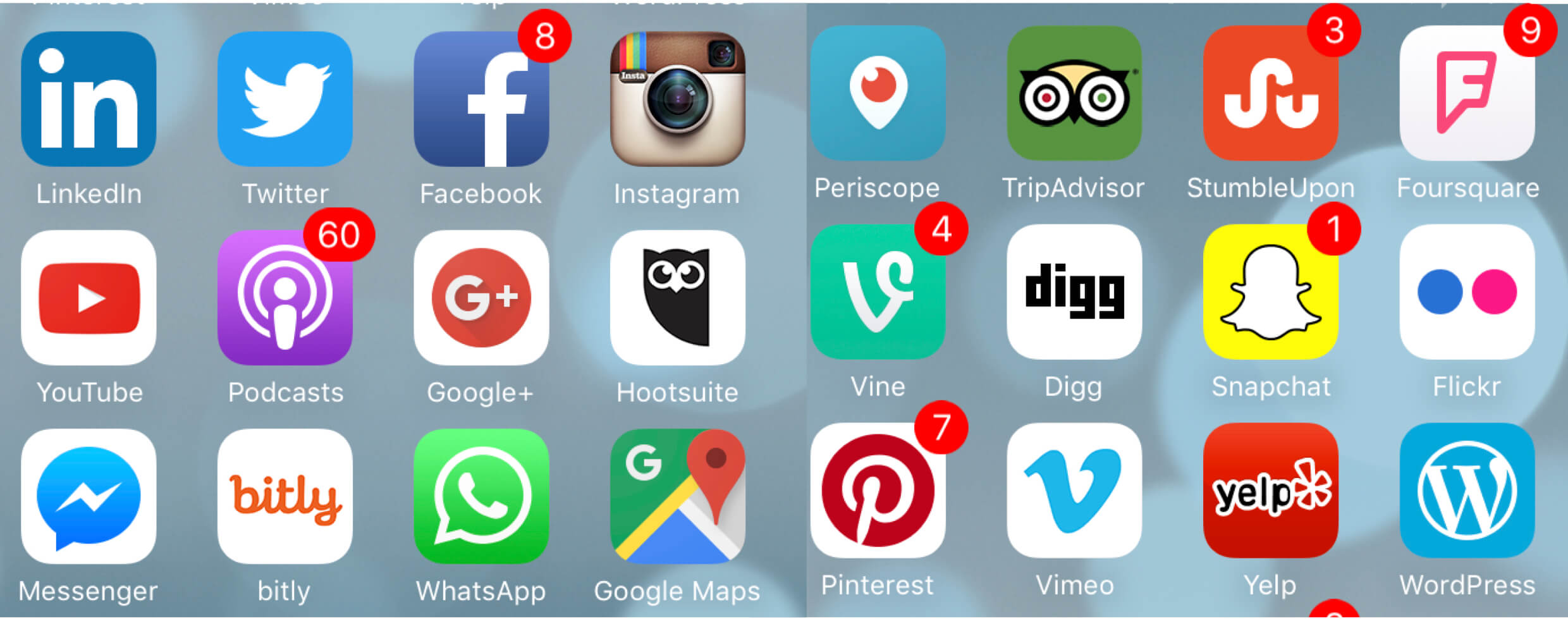"You're judging your insides by other people's outsides"(Envy-Seven Digital Deadly Sins). Wow! As I sit and scroll through Facebook or listen to other peoples conversations about what they saw on so and so's Facebook, this quote is beaming in my head. Social media sites are a great way to connect and network with others, but they also hold the key to so many other things. It's so easy to look at what someone else has or what they look like in a post they make, and compare what we have or look like. It's also easy to become frustrated, defeated, and depressed because we feel like we can't compare to what that post shows. I think this statement is a reminder that things are not always what they seem to be, and growing envious of what "appears to be" is mentally destructive.
Cyberbullying is something that I have recently become very interested in. Social media outlets such as Snapchat, TikTok, Instagram, and Facebook typically seem to be the center of cyberbullying. As an elementary teacher, it wouldn't appear that this would really be that much of an issue. Sadly, it is. While most of these social media outlets tend to have age restrictions, most younger children simply put an age that is "just old enough" in order to create their account. Often times, parents of the children don't even realize their child has an account. As a parent and teacher, the shear amount of social media sites that provide opportunities for cyberbullying are both alarming and frightening. Cyberbullying.org includes a list of more than 50 of the most popular social media apps.

Image from cyberbullying.org
With so many opportunities to engage in cyberbullying, how do we work to combat it? According to the National Crime Prevention Council approximately 160,000 children miss school on a daily basis because they are concerned about being bullying (Redmond). Educating students about cyberbullying is the biggest step in combating the issue. Students need to understand what cyberbullying is. An important part of teaching elementary aged children about digital citizenship is teaching them proper online behaviors. Giving scenarios for them to talk about in small groups is a great way to engage students in understanding behaviors that are and are not appropriate. It is also important to teach young students what to do if they experience cyberbullying, whether as a bystander or a victim. They need to know that it is important to immediately tell an adult that they trust. This also means giving examples of people outside of their home that they could trust to tell such as their teacher or guidance counselor. Educating students at an early age about cyberbullying is a giant step in preventing them from becoming a cyberbully in the future.

For more information, check out cyberbullying.org.
Resources:
Richard Byrne's Seven Digital Deadly Sins
Orech, J. (2012). How it's done: Incorporating digital citizenship into your everyday curriculum. Tech & Learning, 33(1), 16-18.
Redmond, J. Cyberbullying in Elementary School. Love to Know. https://kids.lovetoknow.com/wiki/Cyberbullying_Elementary_School


Caitlin,
ReplyDeleteI enjoyed your post. I really liked the poster at the bottom on how to stop cyberbullying. That should definitely be posted throughout the school, in computer labs, libraries, etc. Your concluding paragraph has so many important thing that educators should do to help stop cyberbullying. I will definitely keep them in mind. Thanks for sharing.